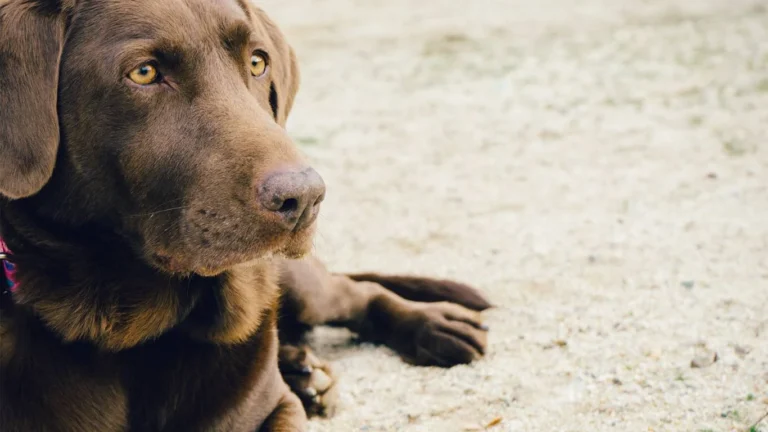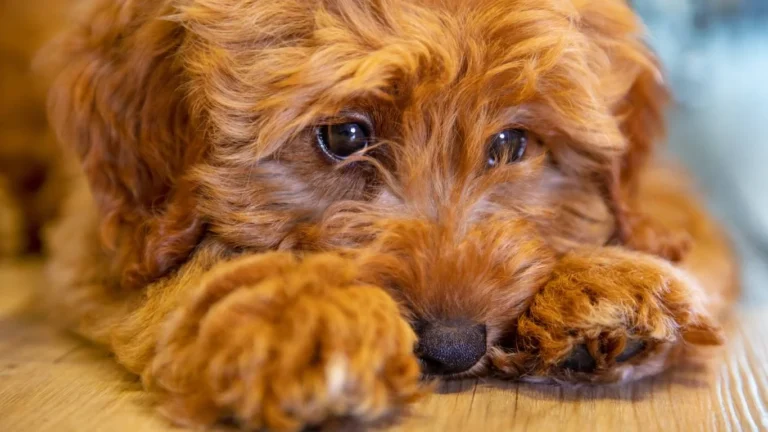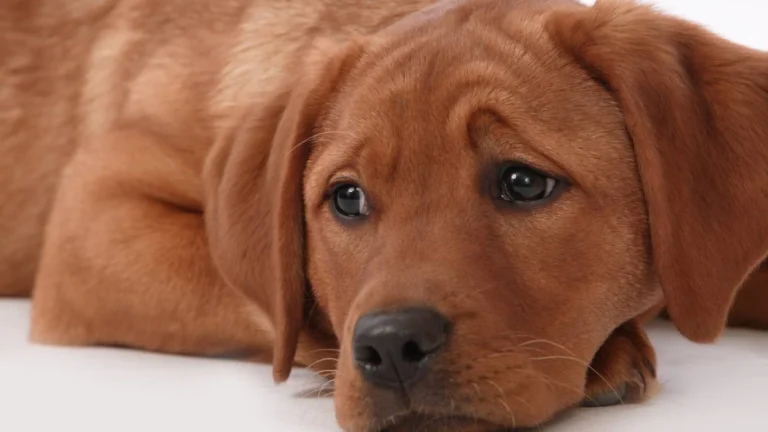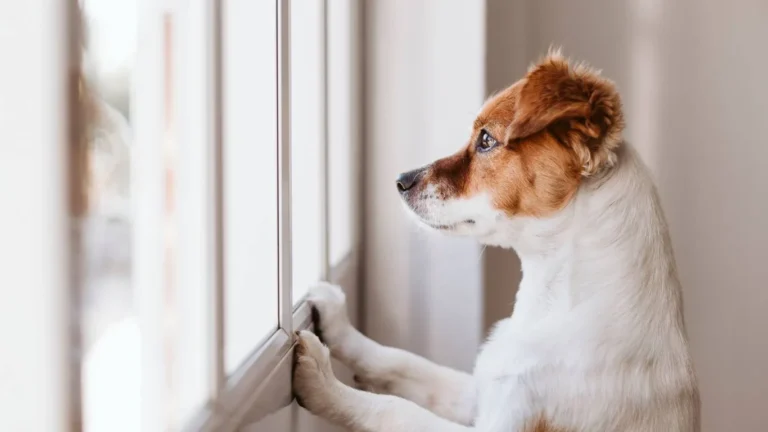Yellow discharge from a dog’s eye might mean an infection or allergy
If you’ve ever found yourself Googling “what does yellow discharge from a dog’s eye mean?” while holding your pup’s head in one hand and a tissue in the other, you’re definitely not alone. As a veterinary assistant who’s seen more than my fair share of watery eyes and goopy gunk, I can tell you — it’s super common and usually not something to panic over… but it’s also not something to ignore. Let’s break it all down in a way that’s easy to understand, minus all the clinical jargon.
What Yellow Eye Discharge in Dogs Really Means

Yellow discharge isn’t just “sleep” in your dog’s eyes — it can actually be a sign of a few different things. Based on what I’ve learned in the exam room and from chatting with dog parents every day, this kind of gunk usually means the eye is either irritated, infected, or reacting to something more systemic.
Is It Always an Infection?
Not always! That’s a huge misconception. I’ve had clients rush in thinking their dog has pink eye, when it’s actually something way more chill — like allergies or a mild irritant. But if the discharge is thick, yellow (or greenish), and sticking around for more than a day or two, there’s a good chance there’s some kind of infection brewing.
Top Causes of Yellow Eye Discharge in Dogs
- Conjunctivitis (aka pink eye): Inflammation of the eye’s outer layer. Super common and super treatable. I see this a lot with dogs that love sticking their faces into tall grass or dusty corners.
- Blocked tear ducts: When tears can’t drain properly, they can back up and get gunky. Bulldogs and Pugs — I’m looking at you!
- Dry eye (Keratoconjunctivitis Sicca): This one sounds fancy but basically means their eyes aren’t making enough tears. This can cause thick yellow stuff to build up. I had a sweet Cocker Spaniel patient with this — once we got her on the right drops, total game-changer.
- Eye injuries: Think scratches, debris, or playtime gone wrong. A scratch on the cornea often leads to discharge as the body tries to heal.
- Systemic infections or respiratory issues: Sometimes what’s coming out of the eyes is actually linked to a bigger issue, like a cold or even canine distemper (which thankfully isn’t super common if your pup is vaccinated).
How to Tell If It’s Something Serious
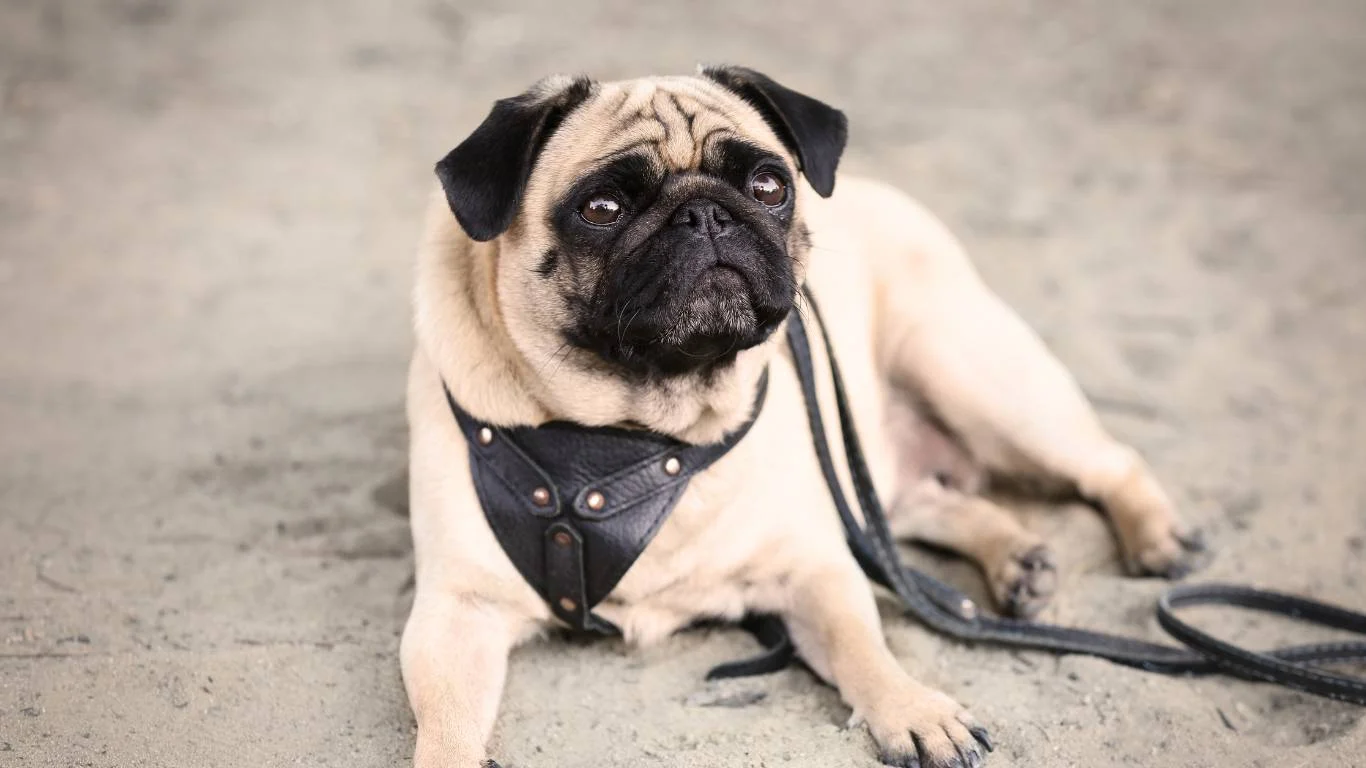
Here’s a little trick I use when I’m helping pet parents figure out what’s going on: Look at the color, consistency, and context.
- Color: Clear = usually harmless (think allergies or wind), Yellow/Green = probably an infection.
- Consistency: Watery might mean irritation, but goopy, thick mucus usually points to something more serious.
- Context: Is your dog squinting, pawing at their eye, or acting off? That’s your cue to call the vet.
When I was working with a Labrador named Milo (absolute sweetheart, terrible at staying out of mud puddles), he came in with one eye half-closed and a big yellow blob in the corner. Turned out he had scratched his cornea chasing a squirrel through the brush. The treatment? A week of eye drops, a comfy cone of shame, and lots of cuddles.
When to See a Vet
Trust your gut. If the discharge is lasting more than 48 hours, getting worse, or your dog is showing other symptoms (like redness, swelling, or blinking a lot), it’s definitely time to get that eye looked at. Eyes are delicate, and stuff can go south fast if left untreated.
Also, if you’ve got a flat-faced breed like a Shih Tzu or Frenchie, they’re more prone to eye issues in general — just something to keep in mind. I always tell my clients with these pups to check their eyes daily and clean them gently if needed.
Common Myths About Dog Eye Discharge
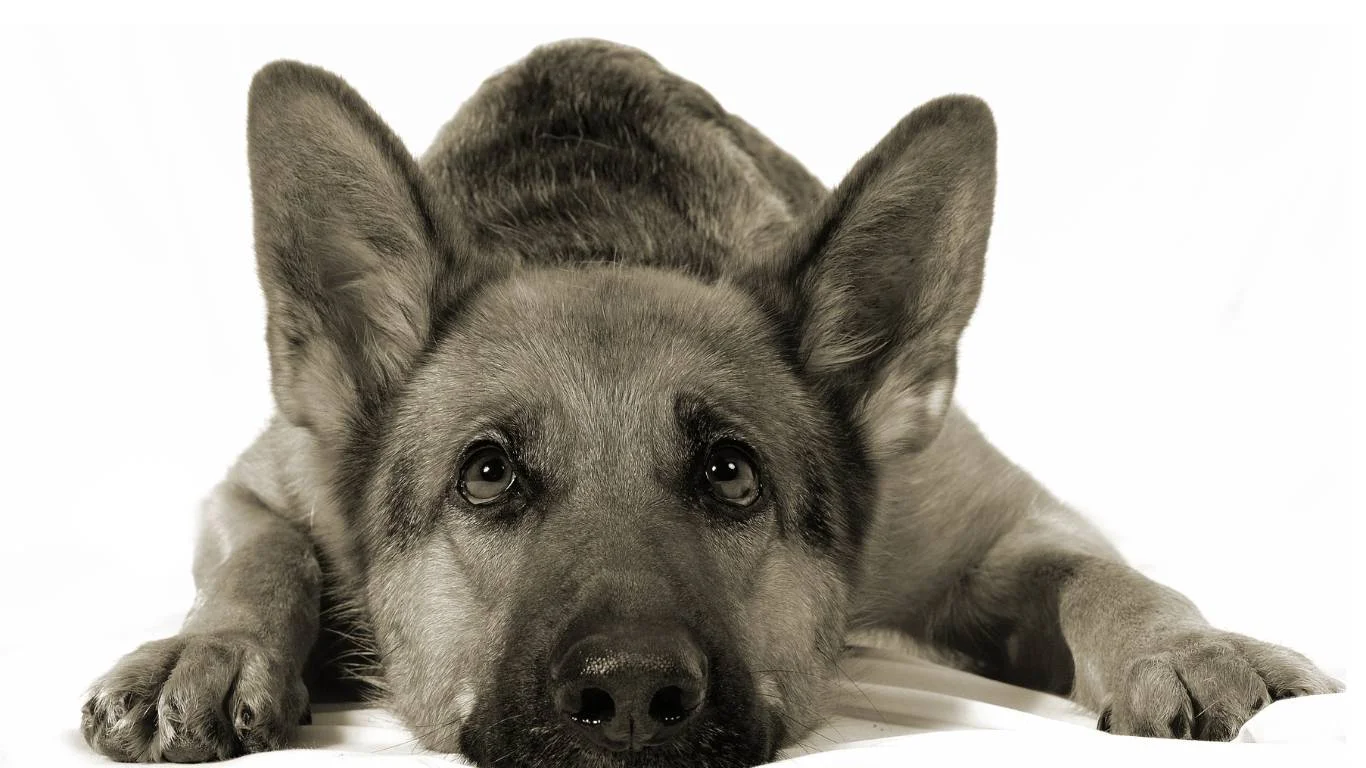
- “It’s just allergies — no big deal.” Maybe, but not always. If it’s yellow and recurring, something more serious could be up.
- “Eye boogers are normal for all dogs.” Some discharge is normal, sure. But yellow and crusty? That’s not just normal gunk.
- “You can just wipe it away.” Cleaning helps, but it doesn’t fix the root cause. If it keeps coming back, there’s a reason for it.
In the clinic, I’ve seen so many pet parents delay treatment because they thought it would just go away. One time, a little Yorkie came in after a week of worsening discharge — poor thing ended up needing antibiotics and anti-inflammatory drops. She healed up great, but it could’ve been an easier road if we’d caught it sooner.
How to Treat Yellow Eye Discharge at Home (Safely!)
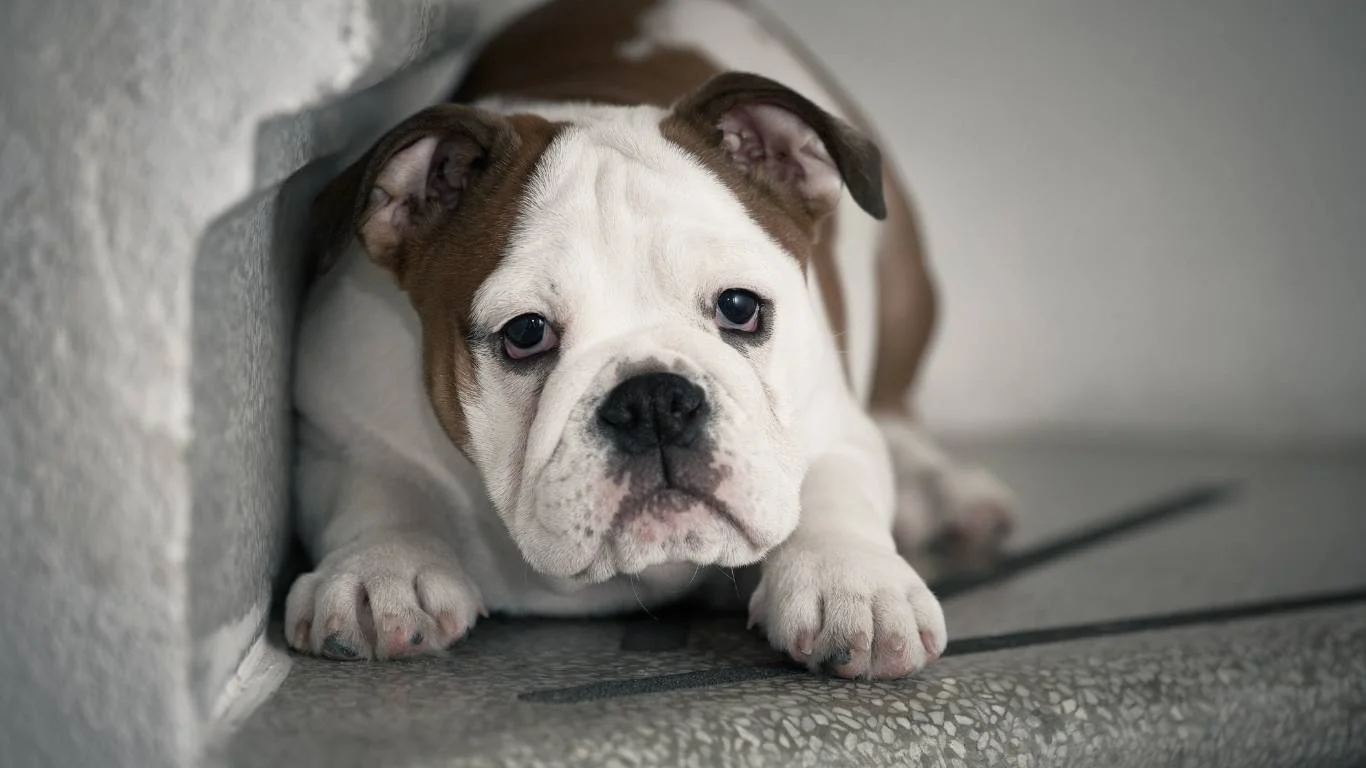
Okay, so you’ve spotted some yellow gunk and your dog’s giving you those “please fix this” eyes — now what? As someone who’s done countless eye cleanings in the clinic and even helped pet parents do it at home, I’ve got a few safe, vet-approved tips that can help before you get to the vet or while you’re waiting for that appointment slot.
1. Use a Dog-Safe Eye Rinse
I always recommend keeping an eye rinse on hand. You can pick up a sterile saline rinse made specifically for dogs at most pet stores or through your vet. Never use contact lens solution or anything with additives made for humans — that stuff can actually make things worse. Give your pup a gentle flush to help clear out any debris or irritants.
2. Wipe Gently, Don’t Scrub
Use a soft, clean cloth or cotton pad dampened with warm water. Wipe outward, away from the eye, and never reuse the same section — you don’t want to spread any infection around. I’ve seen a lot of inflamed eyes get even angrier because someone tried scrubbing or used a tissue that left behind lint.
3. Keep Those Paws Away
Dogs are notorious for rubbing their eyes with their paws when something feels off. I always suggest putting a soft cone on them if they won’t stop — not forever, just until the vet can check it out. Trust me, I’ve seen infections go from mild to yikes in just a day because a dog scratched at an already sensitive eye.
Vet Treatments for Yellow Eye Discharge in Dogs

Once you get to the vet, there are a few directions the treatment could go depending on what’s causing the discharge. The good news? Most of these conditions are super manageable when caught early. Here’s a peek at what usually happens during an appointment:
Eye Stain Test
One of the first things we’d do at the clinic is a fluorescein stain test — sounds fancy, but it’s quick and painless. A special dye helps highlight any scratches, ulcers, or damage to the cornea. It’s saved us from missing some serious issues, like small ulcers that could have turned ugly fast.
Prescription Eye Drops or Ointments
If we’re dealing with an infection (which is often the case when yellow discharge is involved), the vet might prescribe an antibiotic drop or ointment. Sometimes anti-inflammatory meds get added in if there’s a lot of redness or swelling. Pro tip: warm up the tube in your hand for a few seconds — it makes applying the ointment way easier and more comfortable for your pup.
Underlying Health Management
Occasionally, the discharge is a symptom of something bigger, like dry eye (which is actually an autoimmune condition in some dogs). In those cases, the vet might recommend long-term treatments, like tear-stimulating meds or artificial tears. I once worked with a senior Beagle who needed daily eye meds — and guess what? He adjusted like a champ and never missed a dose thanks to peanut butter bribes.
Breeds That Are Prone to Eye Discharge
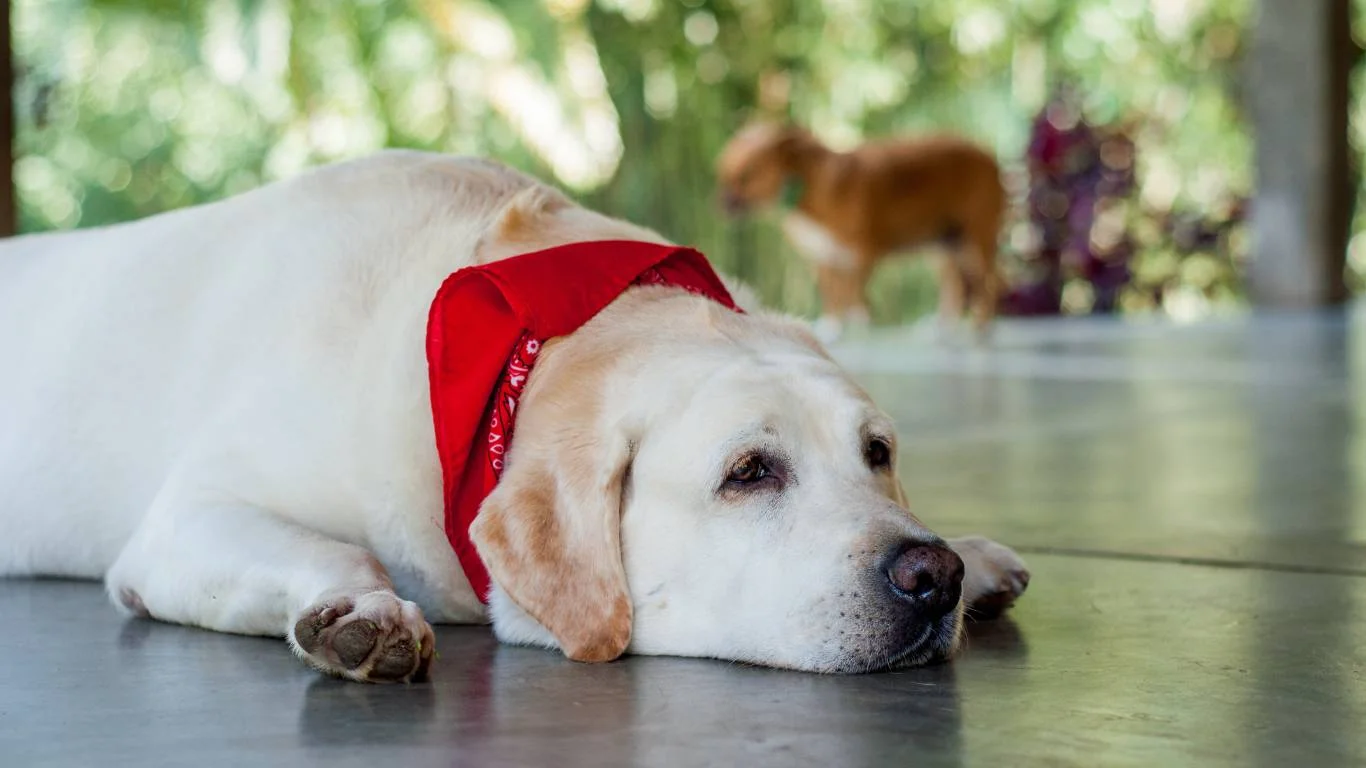
Some dogs just have more eye issues than others. It’s usually because of the shape of their skull, eyelids, or how exposed their eyes are. If you’ve got one of these breeds, don’t be surprised if eye care becomes part of your regular routine:
- Brachycephalic breeds like French Bulldogs, Pugs, and Boston Terriers – Their bulgy eyes are more exposed to dirt, dust, and injuries.
- Cocker Spaniels – Prone to dry eye and infections due to their genetics.
- Shih Tzus and Lhasa Apsos – Long hair around their face can trap debris and irritate the eyes if not kept trimmed.
- Golden Retrievers – Believe it or not, these sweethearts are prone to allergies and occasional conjunctivitis.
I’ve had regulars at the clinic whose dogs came in monthly just for routine eye cleanings and checks. One little Bulldog named Pickles (yes, Pickles!) had such sensitive eyes that her owner kept a small eye care kit in her car — saline rinse, wipes, vet-approved drops. Honestly? It kept Pickles out of trouble and off antibiotics more often than not.
Preventing Eye Problems Before They Start
Let’s be real — nobody wants to deal with goopy dog eyes. But the best way to avoid yellow discharge in the first place is to make eye care part of your regular routine. It doesn’t have to be complicated.
Simple Tips That Make a Big Difference:
- Wipe your dog’s eyes daily if they’re a breed prone to discharge or if they’ve been rolling around outside.
- Keep their face fur trimmed, especially around the eyes. A little grooming can go a long way in preventing irritation.
- Avoid dusty areas or dry air — both can lead to mild irritation that turns into something worse if left unchecked.
- Schedule regular vet checkups, especially for senior dogs or breeds with known eye problems. Early detection is everything.
In my experience, a little attention and consistency can save you from the stress (and vet bills) that come with full-blown infections. And let’s be honest — your dog will be a whole lot more comfortable, too. Their eyes might not say much, but they’ll thank you in tail wags and sloppy kisses.
What If the Yellow Discharge Keeps Coming Back?
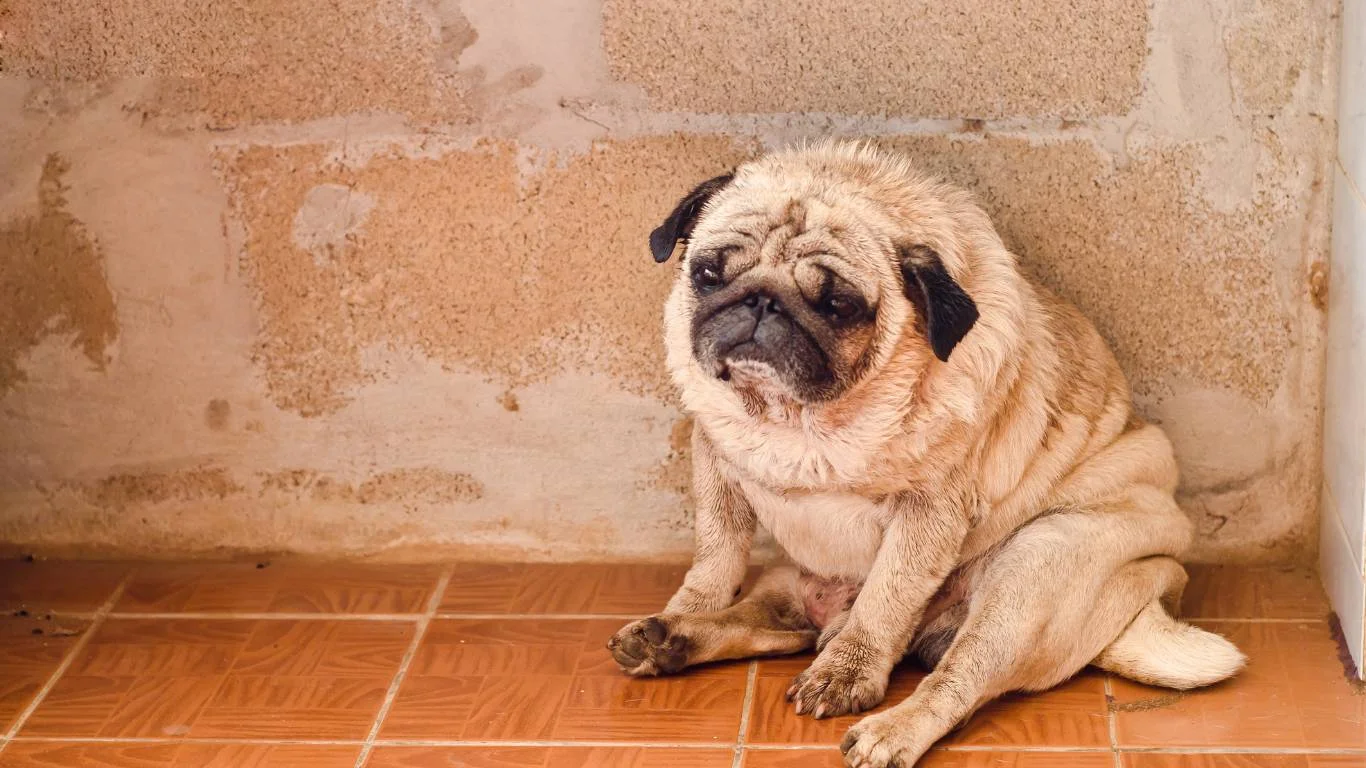
Here’s the deal — if yellow eye discharge in your dog is a frequent visitor, it’s time to stop treating it like a one-off problem. I’ve seen this scenario play out countless times in the clinic: the gunk goes away with treatment, but a few weeks later, boom — it’s back. At that point, we have to dig deeper.
Chronic Conditions You Might Be Missing
Sometimes, repeat eye issues are a sign of something ongoing, like chronic dry eye (KCS), recurring allergies, or even an immune response. I had a regular patient — a sweet old Bichon Frise named Daisy — who kept coming back for yellow discharge. After a few rounds of antibiotics and no lasting relief, we ran a tear test. Sure enough, she had dry eye and needed long-term treatment.
If your vet has ruled out surface-level issues, don’t hesitate to ask about additional testing. It’s not being pushy — it’s being proactive. Eye issues can reflect deeper health concerns.
When Eye Discharge Signals Something More Serious

This part’s important, so don’t skip it: while most yellow discharge cases are mild, some can be a symptom of a more serious illness. Not to scare you — just to keep it real. If your dog’s eye discharge comes with other symptoms, it might not be “just an eye thing.” Watch out for:
- Nasal discharge, coughing, or fever: These can point to respiratory infections or even canine distemper — a serious virus that needs immediate care.
- Loss of appetite or lethargy: That’s always a red flag. Combined with eye issues, it could be part of a broader systemic condition.
- Eye cloudiness or changes in pupil size: This might indicate pressure buildup, like in glaucoma, which can cause permanent damage fast.
I’ve had a few cases over the years where yellow discharge was just the tip of the iceberg. One German Shepherd came in for gunky eyes but was also super tired and off her food. Bloodwork showed she had an autoimmune disease affecting her tear production. With the right meds and some patience, she bounced back — but only because her owner brought her in when things didn’t seem quite right.
When in Doubt, Here’s What I Tell Pet Parents
Honestly, you don’t have to be an expert to know when something’s off. Most dog owners I meet are incredibly tuned in to their pets — they just need a little guidance. So if your gut says something’s not right? Trust that feeling.
Here’s a quick checklist I always recommend:
- Is the discharge yellow, green, or thick? If yes — don’t wait it out. Call your vet.
- Is your dog acting different — less energy, pawing at their eye, squinting? Time for a check-up.
- Have home treatments not helped after 48 hours? Book that appointment.
- Is this happening repeatedly? Ask about tear testing, allergy management, or underlying conditions.
My golden rule? If the eye doesn’t look better within a day or two of cleaning or rinsing, it’s not something to treat solo. Eyes are delicate, and even mild infections can escalate fast.
Final Thoughts from the Treatment Room
As someone who’s cleaned more dog eyes than I can count, here’s what I’ve learned: Eye care isn’t just about wiping away the gunk — it’s about figuring out why it’s there in the first place. Whether it’s allergies, an infection, or something deeper, yellow discharge is your pup’s way of saying, “Hey, something’s up.”
And the good news? With the right care — whether it’s eye drops, rinses, or just routine checks — most dogs do great. Some might need ongoing support (hello, dry eye meds), but once you get a handle on it, it becomes second nature.
Plus, I truly believe the bond grows when we take care of our pets in those small, everyday moments — cleaning their eyes, checking for irritation, just being observant. Your dog might not love eye drops, but they’ll definitely love feeling better. And they’ll remember the comfort you gave them when things were uncomfortable.
References
Disclaimer
This article is based on my personal experience as a veterinary assistant and is intended for informational purposes only. It is not a substitute for professional veterinary advice, diagnosis, or treatment. Always consult with your veterinarian if you have concerns about your dog’s health or eye discharge symptoms.

